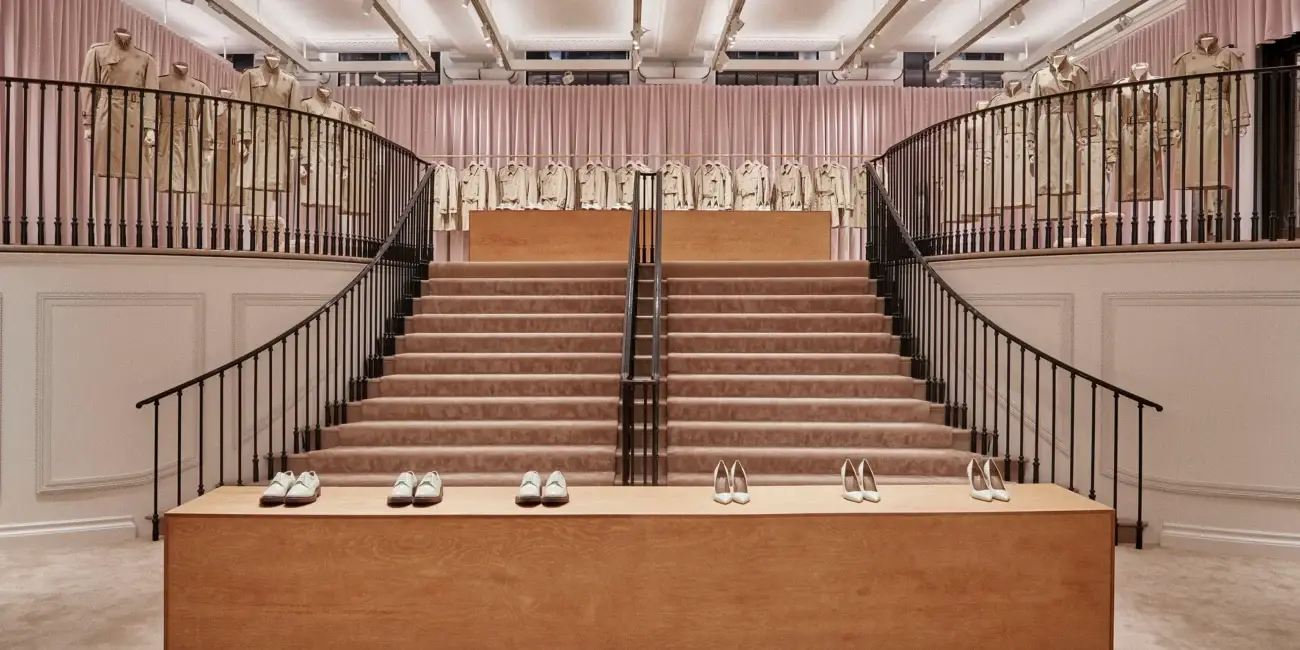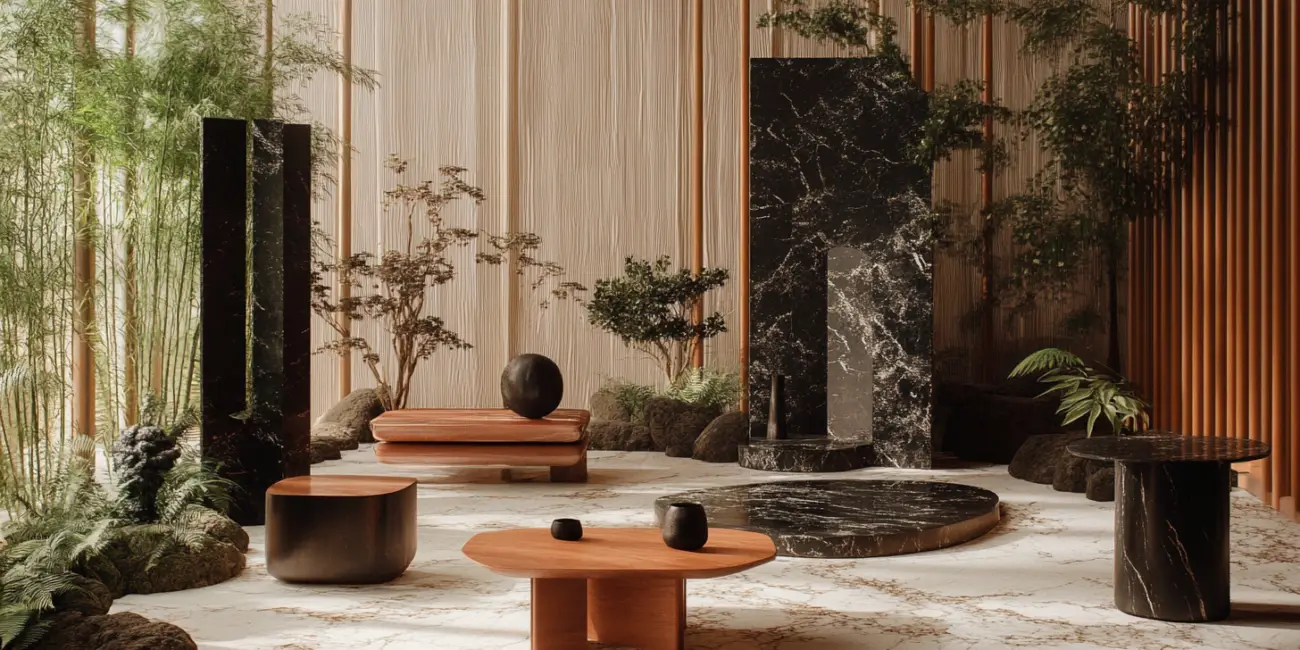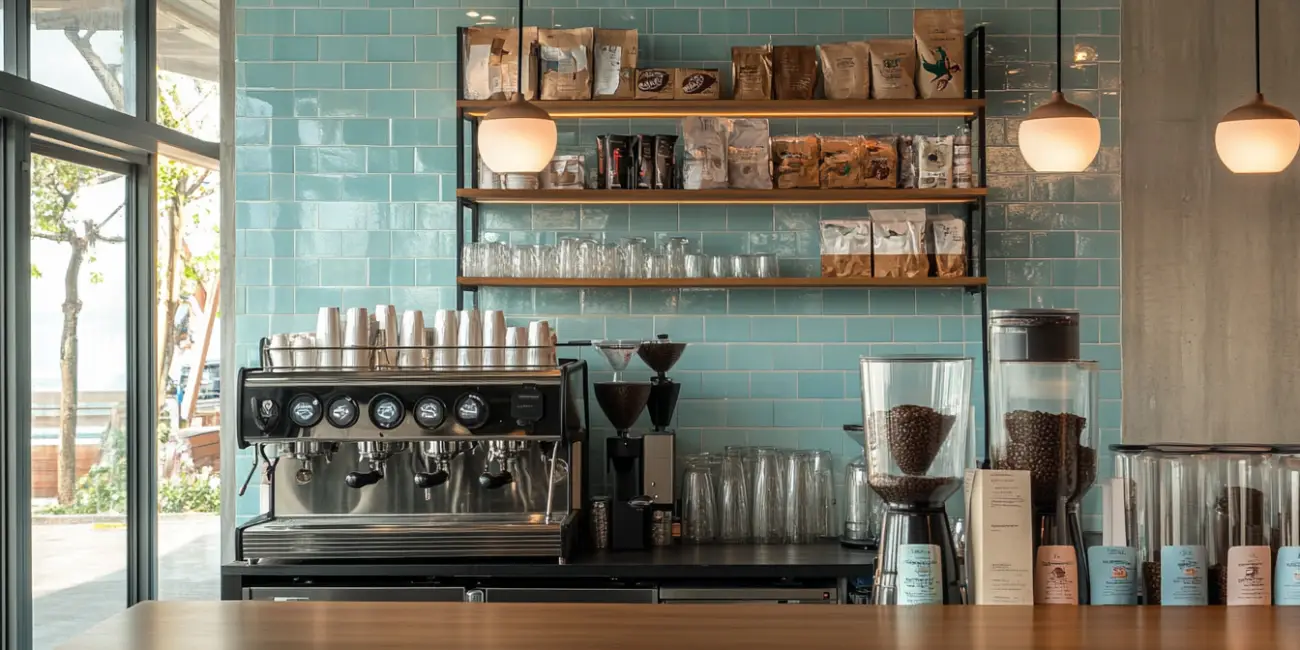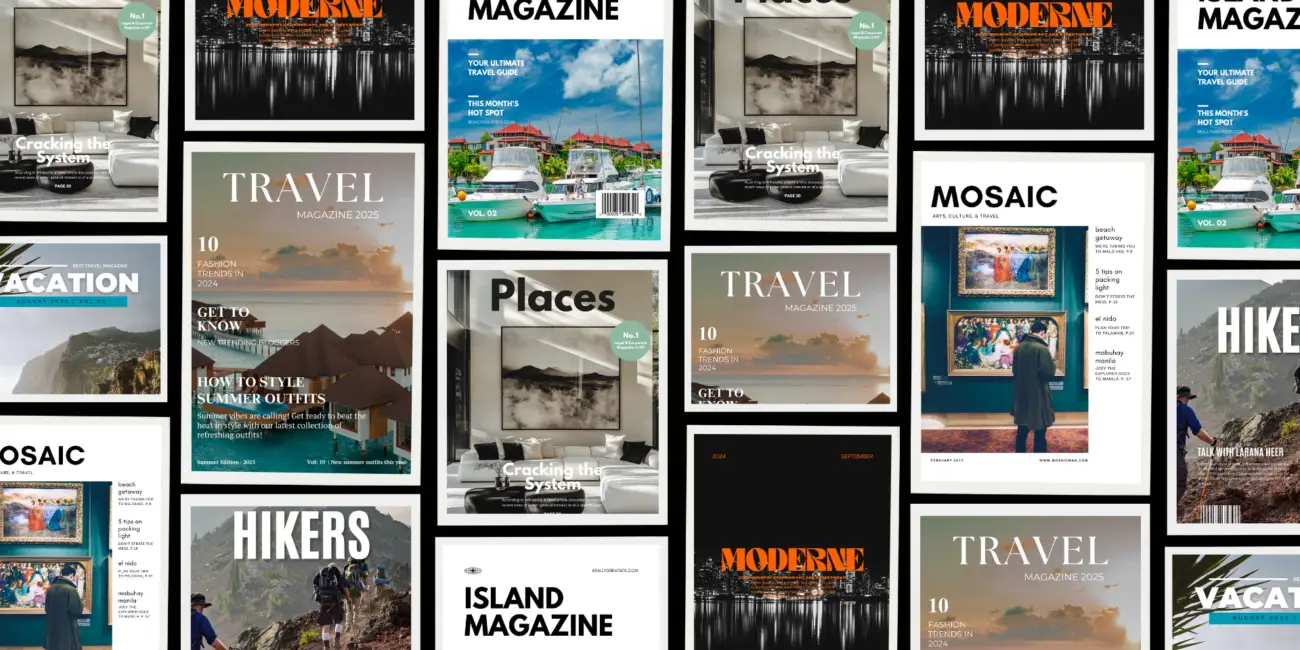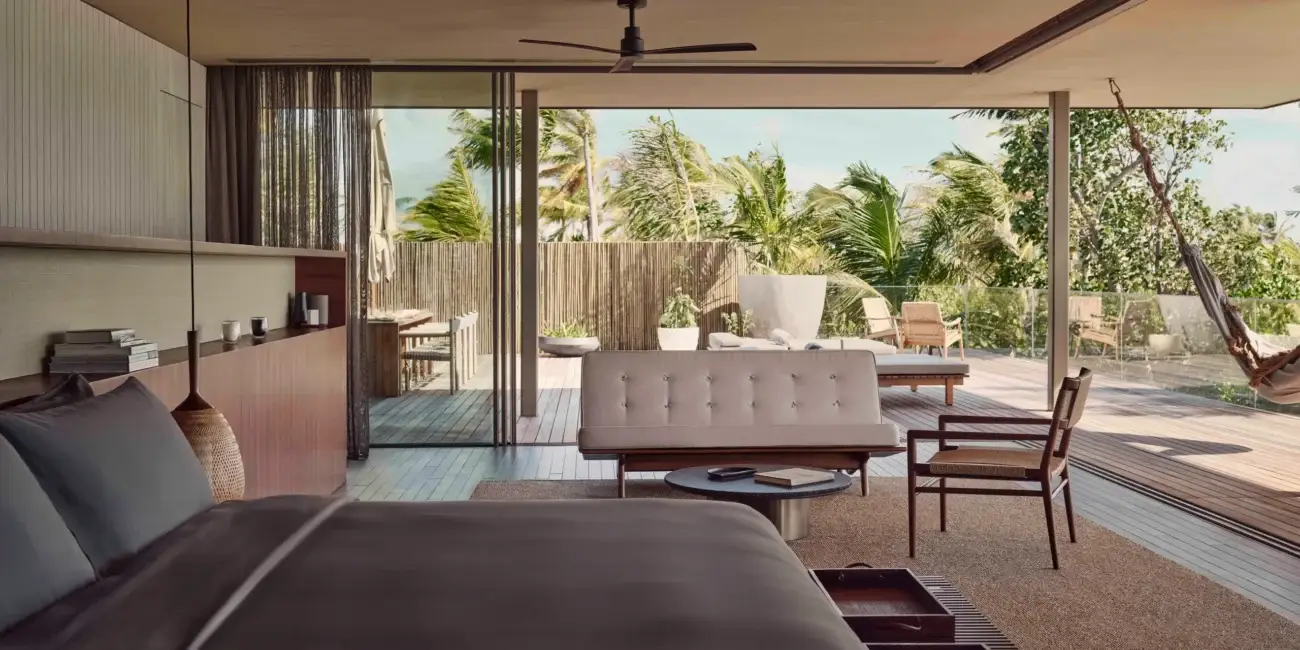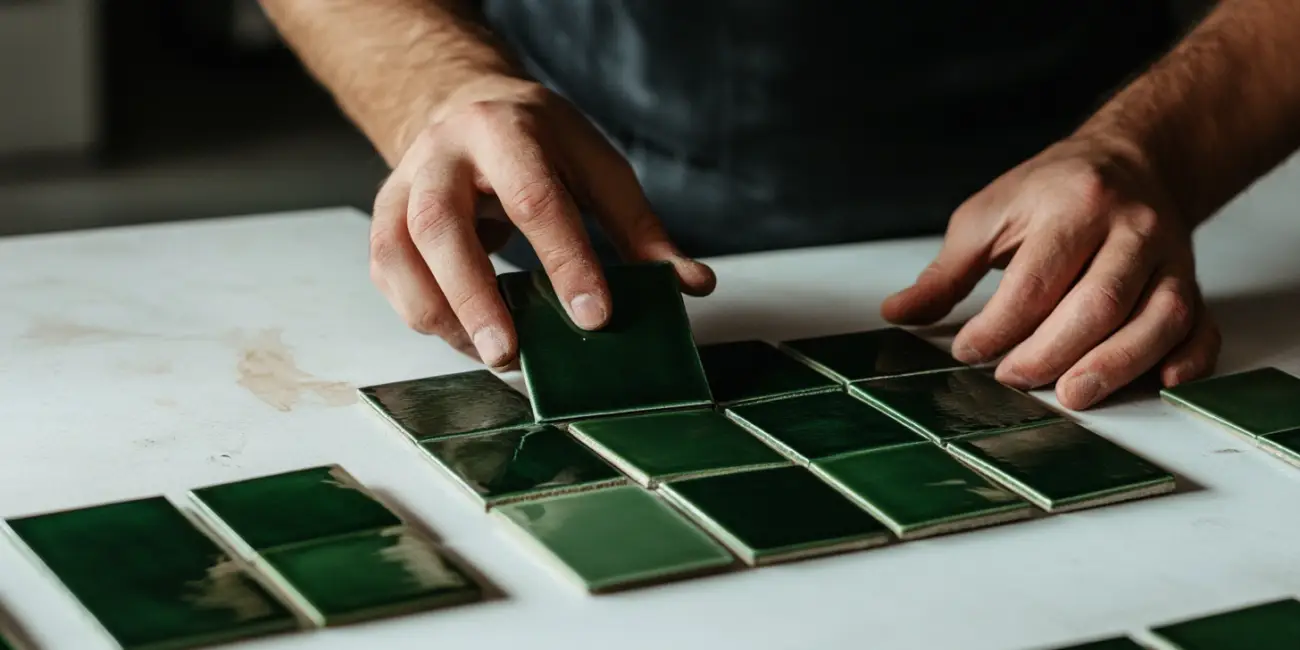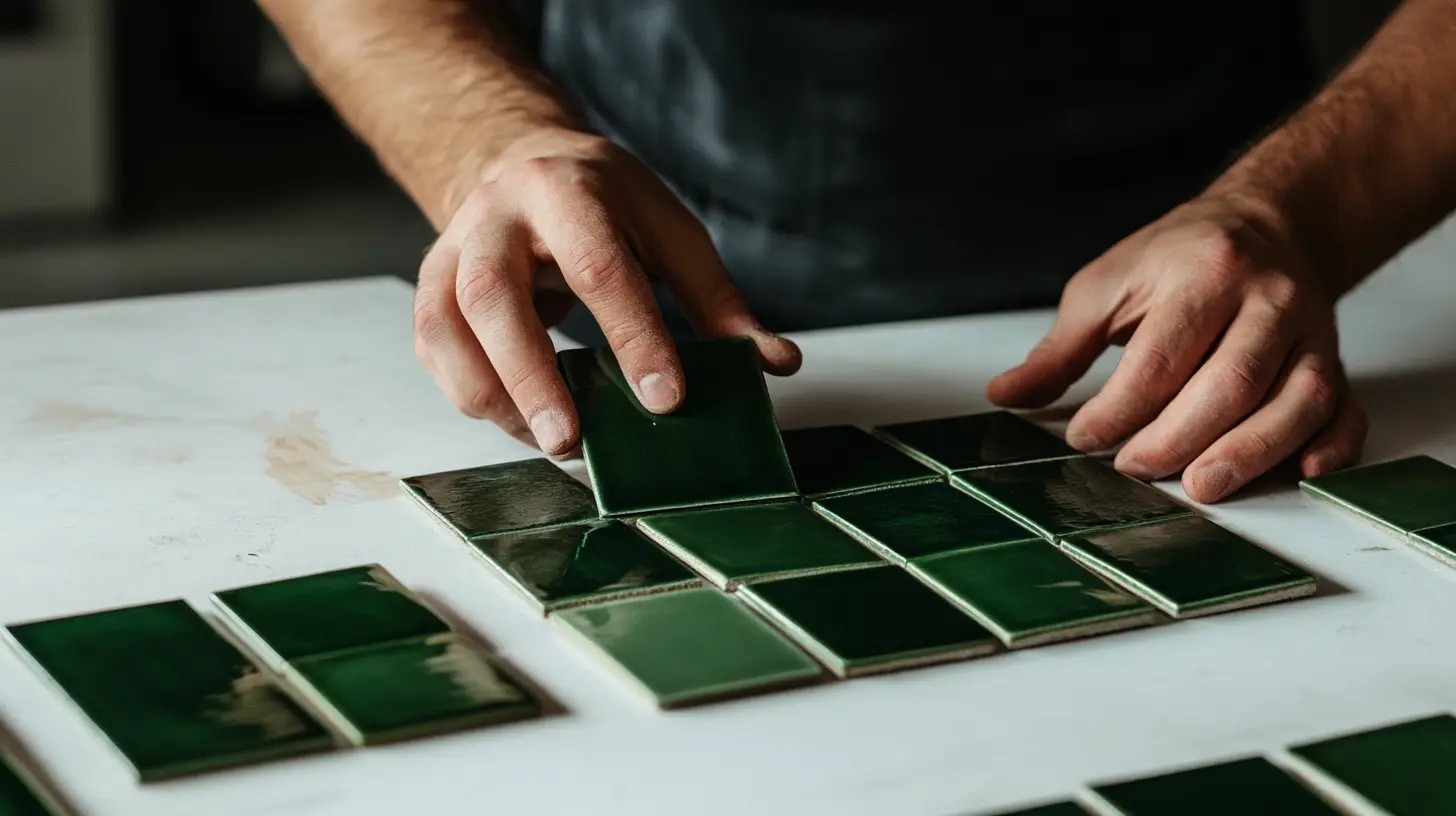
Handcrafted Horizons: How Artisan Tiles Are Redefining Global Design
The shift began as a counter-movement to the homogeneity of industrial tiles. While giants like Porcelanosa dominate with standardized designs, smaller studios are embracing slow craftsmanship. Their work celebrates the “flaws” that machines erase: slight warping from hand-pressing, variegated glazes kissed by kiln flames, and motifs inspired by local folklore or landscapes.
A 2023 report by Design Milk noted a 40% surge in searches for “handmade tiles” globally, driven by Gen Z and millennial designers. Meanwhile, platforms like Etsy and Instagram have erased geographic barriers, allowing a family-run workshop in Portugal to supply tiles for a Tokyo boutique hotel or a Brooklyn brownstone. “People crave connection to the maker,” explains ceramic artist Anya van der Sloot. “A tile isn’t just a square—it’s a fingerprint.”
Sustainability as a Signature
Artisan tilemakers are also redefining eco-conscious design. Many forgo synthetic dyes in favor of mineral pigments, recycle clay scraps into new batches, and use solar-powered kilns. London-based Darwen Terracotta, for instance, revives 19th-century techniques to create carbon-negative tiles from locally dug clay. Others, like Mexico’s Talavera de la Reyna, employ ancestral methods passed down since the 16th century, ensuring zero water waste in their process.
“Luxury today means knowing your tile didn’t cost the earth,” says architect Amrita Mahindroo, who recently clad a Mumbai restaurant in reclaimed terracotta tiles.
Fireclay Tile – The California Studio Fueling a Global Revolution
Founded in 1986 in California’s Santa Cruz Mountains, Fireclay Tile began as a two-person operation reclaiming waste materials from nearby factories. Today, it’s a B Corp-certified powerhouse collaborating with clients like Tesla and the San Francisco International Airport, all while championing radical sustainability and customization.
The Fireclay Difference:
Materials with a Mission:
80% of their tiles use recycled content, including crushed beer bottles, porcelain from demolished buildings, and waste from their own production.
Their “Cracked Ice” collection repurposes discarded windshields into iridescent glass tiles.
Bespoke at Scale:
Clients can customize any tile’s size, glaze, and texture via their “Design Your Own” platform. A recent project for a Parisian hotel involved 20,000 uniquely hand-painted tiles inspired by Matisse’s cutouts.
Collaborations with artists like Oh Joy! and Chroma Lab yield limited-edition collections that sell out within hours.
Global Reach, Local Roots:
Despite its California base, 60% of Fireclay’s orders come from outside the U.S., with projects spanning a Kyoto ryokan and a Copenhagen co-living space.
Their “Tile Takeback” program lets customers return old tiles for recycling, diverting 200,000+ pounds from landfills since 2020.
Impact:
Fireclay’s revenue grew 300% between 2018–2023, proving ethical practices can drive profit.
Their advocacy for domestic manufacturing (all U.S.-made) has inspired a wave of “locally forged” tile startups in Italy and Morocco.
Why This Movement Matters
The artisan tile boom reflects broader shifts in design:
Rejecting Perfection: Clients increasingly prize “wabi-sabi” imperfections over sterile uniformity.
Hyper-Local to Hyper-Global: A tilemaker in Marrakech can now define the aesthetic of a Stockholm café, thanks to digital connectivity.
Circular Design: Waste is a resource, and every tile has a second act.
The Future: Tiles as Heirlooms
As climate concerns grow, so does the appeal of tiles built to last centuries, not decades. Lisbon’s Viuva Lamego, crafting tiles since 1849, still repairs installations from the 1800s. “These aren’t trends; they’re legacies,” says fourth-generation owner Miguel Pinto Bastos.
Meanwhile, startups like Clayworks in Cornwall are 3D-printing bespoke ceramic tiles from regionally sourced clay, merging tradition with tech.
In a world hungry for meaning, artisan tiles offer more than surface beauty—they’re a bridge between past and future, maker and dweller, earth and artistry. As Fireclay’s Edelson puts it: “The right tile doesn’t just cover a wall. It speaks.”
Burberry’s London Flagship: How Adaptive Design Redefines Luxury Retail
Burberry’s Regent Street flagship exemplifies how luxury retail is evolving from transactional spaces to dynamic storytelling platforms.
The Quiet Revolution: How Sustainability is Redesigning the Future of Luxury Furniture
Today, the industry is grappling with a profound transformation—one driven by vanishing forests, tightening regulations, and a new generation of clients who demand beauty and co
The Brewing Revolution: How Artisan Coffee Culture is Reshaping the Industry
In 2023, Starbucks announced plans to shutter over 1,000 stores globally, a move that shocked investors but resonated with a growing cohort of coffee drinkers.
The Unlikely Revival: Why Magazine Publishing is Defying the Digital Age
In an era dominated by TikTok algorithms, AI-generated content, and endless scrolling, the resurgence of magazine publishing feels almost subversive. While headlines once declared
Patina Maldives: How Biophilic Design Redefines Luxury Hospitality Strategy
Burberry’s Regent Street flagship exemplifies how luxury retail is evolving from transactional spaces to dynamic storytelling platforms.
Handcrafted Horizons: How Artisan Tiles Are Redefining Global Design
In an age of mass production, a quiet rebellion is unfolding in the world of interiors. Small ceramic studios and craft tilemakers, once relegated to local markets, are now shaping


